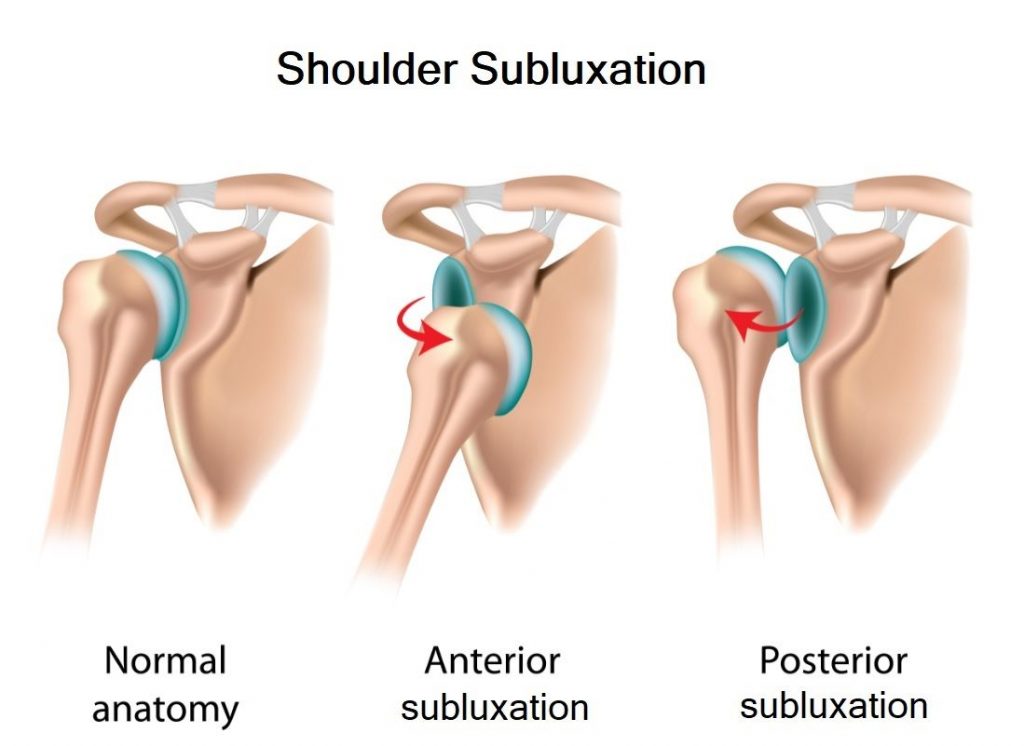Regaining Hand Movement after a Stroke requires a understanding of Neuroplasticity, Spasticity as well as a dedicated team to work with you

A stroke happens when part of the brain is deprived of oxygen. This can happen if a blood vessel to the brain gets blocked, or if there is a bleed in your brain. This causes some of the cells in your brain to die. This often leads to paralysis or weakness in different muscle groups in your body.
Many stroke survivors notice that the hand takes the longest to recover after a stroke. This may become very frustrating for many.
There are always solutions and your stroke rehabilitation program involves working with a team to guide you. The rehab team will likely recommend combining a variety of exercises and other techniques to help your arm recover.
Read Our Post on Stroke Recovery – What You Need to Know
Stroke Rehabilitation for your hand and arm includes passive movements or exercises that are movements done with the help of a therapist and more active exercises you do with little or no assistance.
Basic hand exercises are encouraged as soon as the recuperative process begins, giving hope and direction at the start of the road to recovery. Whether a portion of dexterity has already returned to the hands or the journey is just beginning, hand rehabilitation exercises aim to reinforce strength and motor skills often weakened during a stroke.
Repetitive hand exercises are the most important step to hand recovery after a stroke. You need to add specific exercises that will strengthen the overall wrist, hand and fingers. It is important to perform these exercises as prescribed. Repetitive exercises are important in order to retrain your brain after a stroke, which we know based on the Theory of Neuroplasticity.
Neuroplasticity is the brain’s ability to rewire itself by finding alternative pathways for the area of the brain that was damaged secondary to a stroke. In order for the brain to rewire itself, it is important to perform repetitive movements.

The big goals of stroke rehab are to enhance muscle control and reduce spasticity which refers to constant contraction of muscles that can lead to pain and other problems.
The shoulder is a key problem area after a stroke. The shoulder blade (scapula) and the upper arm bone (humerus) come together to form the shoulder joint. This joint is shaped like a ball and socket. Problems with the shoulder muscles can cause this joint to partly dislocate due to the weight of your arm. This partial separation (subluxation) makes your shoulder droop down.
Subluxation can cause pain with movement and a sensation that your shoulder is out of joint. Muscles, tendons, and ligaments can become overstretched. These muscle problems can lead to other problems with your shoulder as well, such as reduced range of motion. Some of the muscles may also be permanently shortened. This is called contracture.
While there are always solutions to the most complex problems like Stroke Rehabilitation, there are some important principles that you need to keep in mind when you get onto this process.
Consistency AND dosage are both important for lasting change to take place in an individual’s range of motion, coordination and timing. Repetition, consistency and high levels of engagement are often cited as key determinants in successful stroke rehabilitation.
Feel free to ask any questions over the phone, or get in touch via our contact form below. Your message will be read by our team who will answer as soon as they can.
© All Rights Reserved OSR Sportsworks Consulting LLP